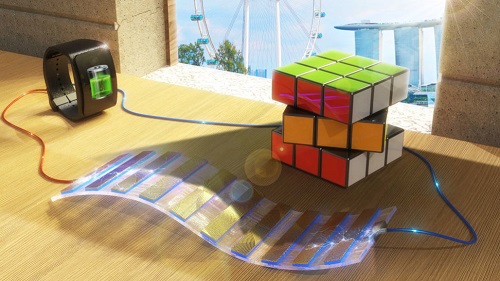Scientists at the National University of Singapore have developed a new technology called the shadow-effect generator, that can harnesses energy from shadows and converts it into electricity.
The team lead by Dr. Swee Ching Tan created a device similar to a silicon solar panel cell, which can generate electric current by relying on voltage differences between its bright and shaded area.
Measuring 4 centimeters (1.6 inches) long and 2 centimeters wide it is slightly larger than a postage stamp. The device needs to be partially covered in shadow in order to work.
Voltage at the lit metal area gets higher compared to the shaded area of the generator. The difference in light levels cause electrons to flow from high to low voltage area creating an electric current.
Tan’s team had described its new device in Energy & Environmental Science on April 15.
It can produce around 0.25 volts and can be used to power small electronics such as an led light.
“Solar panels need to be based in open areas, they cannot be based in places where light has been obstructed or where shadows are being cast. So our shadow-effect generator comes in handy. It can be based in those areas to harvest obstructed light, for example.” Dr. Swee Ching Tan said,
“Like cities where we have lots of buildings, so shadows will be everywhere, so therefore, it’s not practical to place solar cells in such cities. So the device might come in handy in places like very densely populated cities where skyscrapers are everywhere, where shadows are always persistent.” Dr. Swee Ching Tan added,
Dr. Tan says he and his team are still perfecting the device. Future plans include founding a company to make the shadow-effect energy available for home use.











